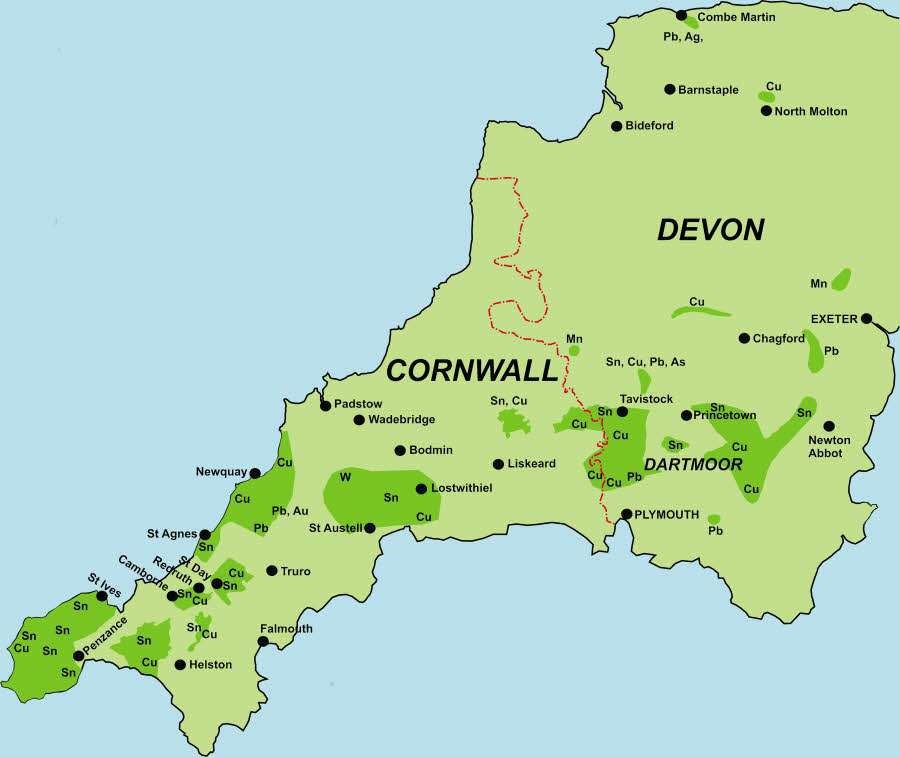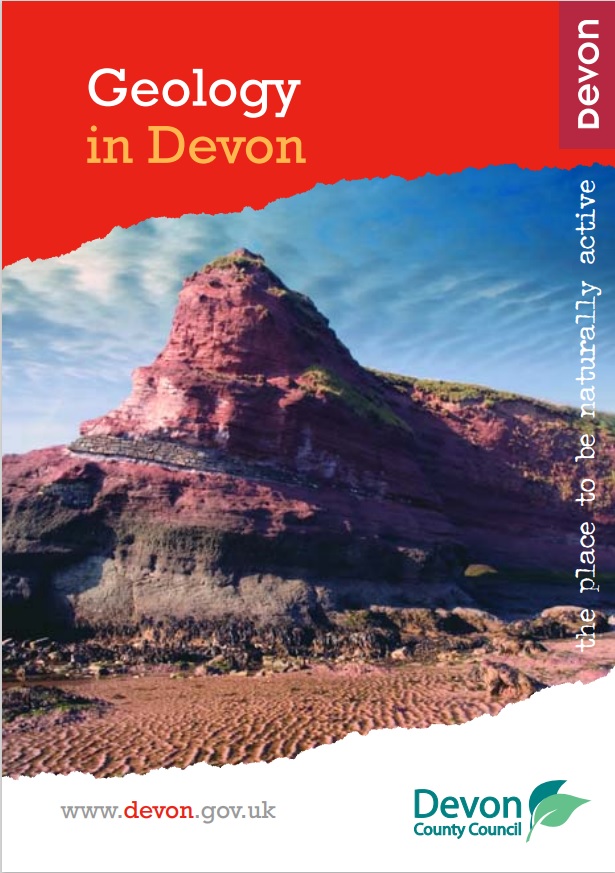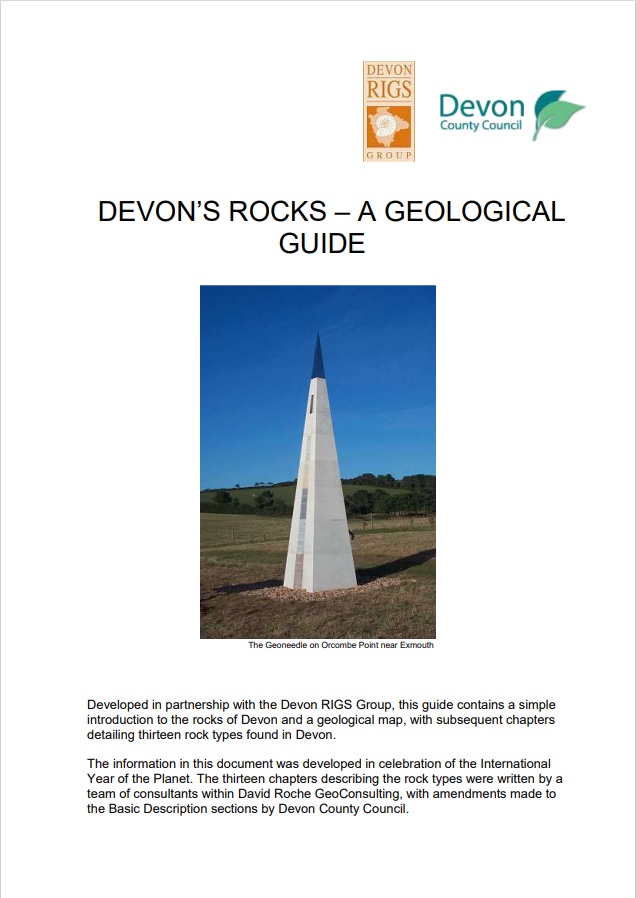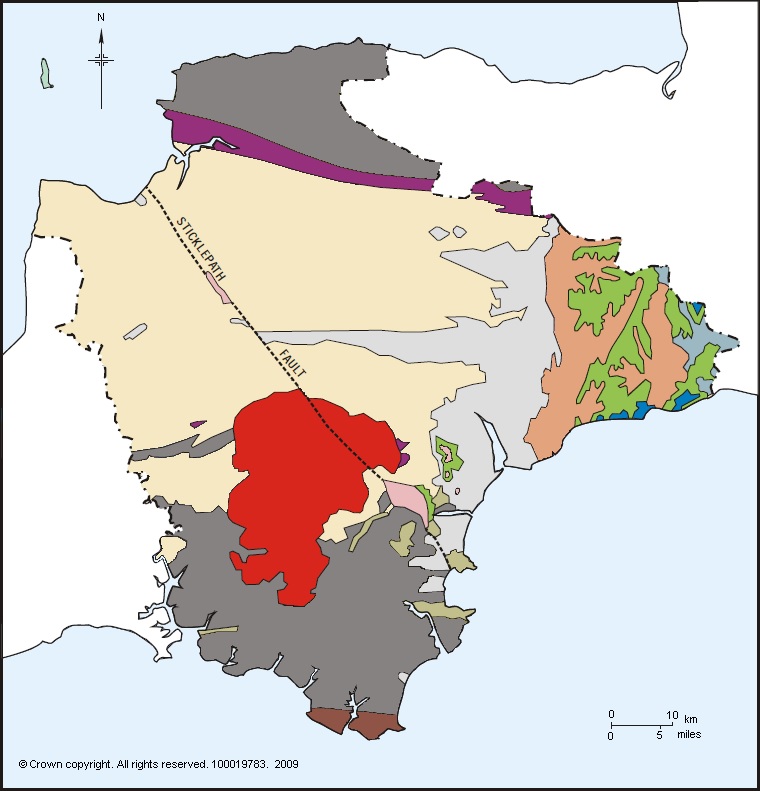What is mining?
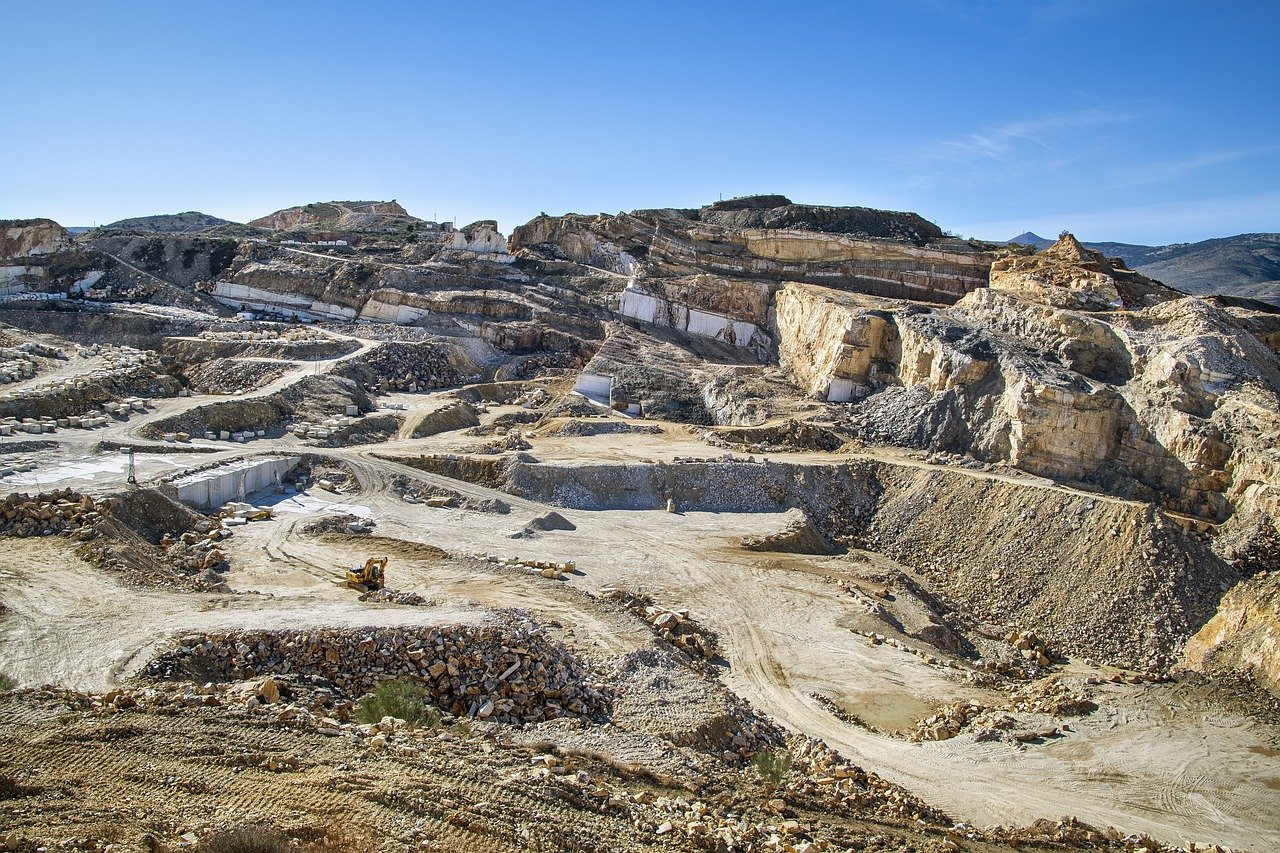 Mining is the process of getting materials out of the ground. We use all sorts of things that have been dug up, for building, making metals, burning for heat and power. We can’t live our modern lives without mining.
Mining is the process of getting materials out of the ground. We use all sorts of things that have been dug up, for building, making metals, burning for heat and power. We can’t live our modern lives without mining.
Mining is one of our oldest industries. As soon as people worked out how to make tools from metal the hunt was on for places on Earth where minerals and ores containing metals existed. Devon and Cornwall have a very long history of mining due to their unique geology.
Did you know?
Pasties were invented by Cornish and Devonian miners to take underground for their lunch!
Why is mining a problem?
Industrial metal mining can destroy landscapes, pollute groundwater and contribute to the destruction of ecosystems. Mining is a very carbon intensive industry. This means that high amounts of fossil fuels are burnt at all stages of the mining process.
For example, a recent article in The Conversation stated that gold mining accounts for over a third of all annual mercury emissions worldwide (which cause chronic mercury poisoning in millions of miners worldwide and terrible illness in children). Gold mines also emit more greenhouse gases each year than all passenger flights in Europe combined.
History of mining
Mining is one of the oldest industries on earth. For as long as humans have used metals and minerals there have been mines.
South West England and Wales were famous from the Bronze Age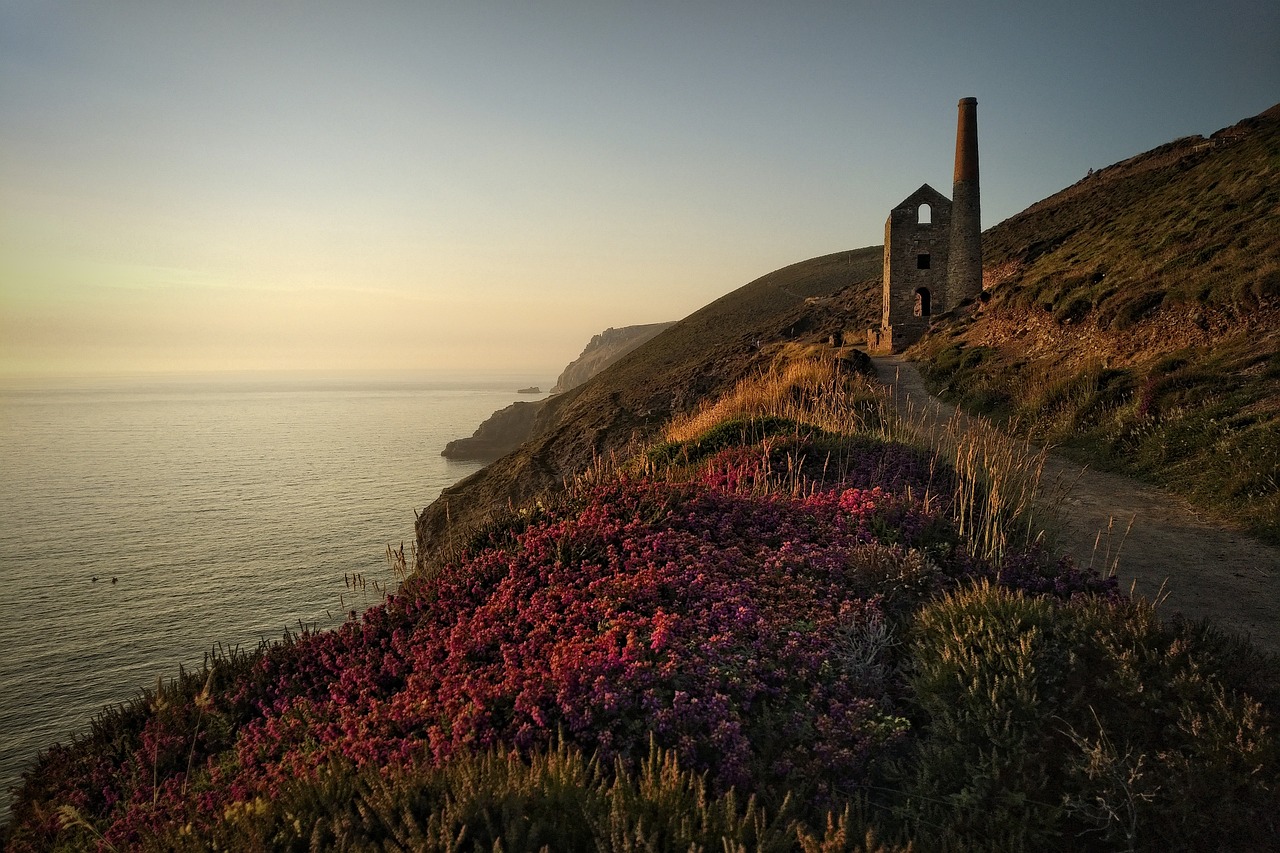 onwards for the quality and amount of minerals and metals mined here. It’s likely tin and copper from Devon and Cornwall were exported across Europe from about 2000BC.
onwards for the quality and amount of minerals and metals mined here. It’s likely tin and copper from Devon and Cornwall were exported across Europe from about 2000BC.
Wealth and access to tin and copper was probably one of the reasons the Romans wanted to invade Britain. This changed the history of Britain forever. By the medieval times tin was one of England’s main exports, along with lead and wool.
Demand for copper increased in the 18th century as the Royal Navy began sheathing its ships with copper to combat barnacle growth and shipworm. Competition from foreign mines forced closure of most copper mines in the 1860s.
Tin mining in Devon and Cornwall continued into the Twentieth Century, but eventually became uneconomic in competition with imported tin.
This map is from the NMRS website: Cornwall & Devon Mines – Northern Mine Research Society (nmrs.org.uk)
The symbols of the map refer to the major metals worked there:
| Ag – Silver | Cu – Copper | Sn – Tin |
| As – Arsenic | Mn – Manganese | W – Tungsten |
| Au – Gold | Pb – Lead |
Discover the Geology of Devon…
You can discover more about the geology of Devon on the Devon County Council website’s pages.
There are guides to the best places to visit in Devon to look at the geology, what rocks can be seen and even a list of active quarries showing what rocks they are mining from each one. There’s a wealth of rock related information available here.

